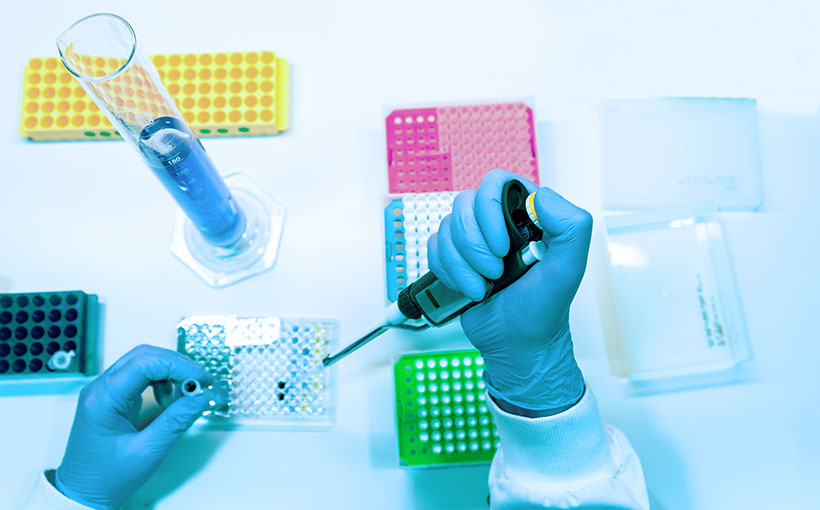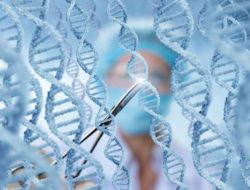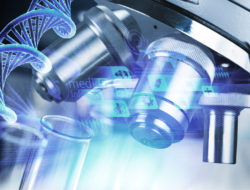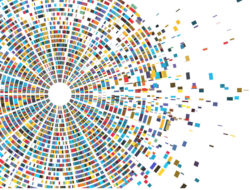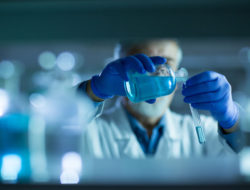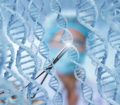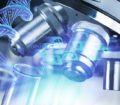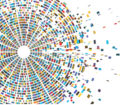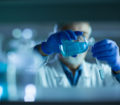For about 3.7 billion years, four base compounds abbreviated G, C, A, and T comprised the DNA of all living things. But that all changed in May 2014, when Scripps Research Institute professor Floyd Romesberg and his team published that they had engineered a way for a bacterium, specifically E. coli, to survive and function with two artificial DNA bases: X and Y. The bacterium can stably store information containing X and Y, copy it, and pass it on as it reproduces. This so-called semisynthetic organism is one step closer to artificial life. “I would not call this a new life-form—but it’s the closest thing anyone has ever made,” Romesberg says.
Twenty years in the making, this breakthrough upends the largely unchallenged principle that DNA as we know it is essential to life. Even before Watson, Crick, and
Franklin discovered the double helix, scientists and philosophers alike assumed that living things must be fundamentally different from nonliving things. But the more we’ve learned about molecular and atomic chemistry, the less privileged the living seem to be.
“What we’ve done is taken a manmade part and gotten it to work in what is probably the most intimate system in biology—the system of information storage and retrieval,” Romesberg says. “And I think that suggests that the molecules that nature normally uses maybe aren’t quite as unique as one might have thought.”
“You can extrapolate these ideas and think that maybe, life as we know it isn’t the optimal solution, it’s just a sufficient solution.”
He and his team were able to show that the hydrogen bonds between organic base pairs aren’t necessarily crucial to the DNA decoding process—the new X and Y bases were designed to be hydrophobic, which means they repel the natural bases and pair only with each other.
“So not only are the molecules different, the forces that they use are different—which suggests that the molecules and even the forces that nature uses maybe aren’t that unique,” he says. “Maybe other solutions would have been possible. You can extrapolate these ideas and think that maybe, life as we know it isn’t the optimal solution, it’s just a sufficient solution.”
Romesberg and his lab at Synthorx in Torrey Pines are working to apply their expanded DNA bases to medical therapies. The four organic DNA bases have been used to code for 20 amino acids, but with the addition of X and Y, could code for up to 152 new ones. These amino acids could aid in creating new protein drugs, which fall short of their potential because there are only so many ingredients they can be made from.
“If we can expand the repertoire of what you can build proteins out of,” he says, “we can begin to intentionally incorporate building blocks that are selected for them to be protein drugs, to be better as drugs—because, of course, natural proteins never evolved to be drugs.”
Tags: Biotech, Floyd Romesberg, Genomics, Medical Research, Scripps, Tip Sheet, TSRI




